What to one culture is bizarre is a comfort to another. While some of these foods may cause you to cock your head quizzically or shudder in response, keep in mind that some of the snacks you munch on may garner a similar reaction from someone halfway across the world. Some of these foods are still alive when consumed while others started awkwardly, as packaged sludge from the bottom of barrels. Some of these dishes are staples in their respective regions while others are considered delicacies and are hard to come by.
Fearless tourists dive right in to sample traditional foods while those with trepidatious attitudes experience queasiness at the sight of some of these options. But palates aren’t developed with familiar comfort foods. Each time you try a new flavor, you expand your palate just a tad. Some flavors are pleasing and easy to love while others are more complex and take time to acquire a taste for. Sometimes, the flavor is pleasing but the texture makes it difficult to get down. Some weird foods are light and creamy while others are dense and crunchy.
To compile this list of the most bizarre foods in the world, 247 Tempo reviewed several sources, including the Travel Channel and travel blogs as well as YouTube videos of travel vloggers who immerse themselves in different cultures, sampling some of the locals’ specialties. (Also See 15 Foods That Should Be Banned and Here Is Why)
Fried Spider
- Location: Cambodia
Arachnophobes, skip this one. These aren’t small, snack-size fried spiders that you can pop into your mouth like a handful of popcorn. These are tarantulas. Apparently, they taste best when processed quickly and served up fried. In Cambodia, they follow through with a process of cleaning them by defanging them, washing them, and then scorching them to get rid of all their fuzzies. Then, the deep frying happens along with spices that include garlic, salt, sugar, and chilies. According to Andrew Zimmern, an American chef and restaurateur, they have a crab or lobster-like flavor.
Balut
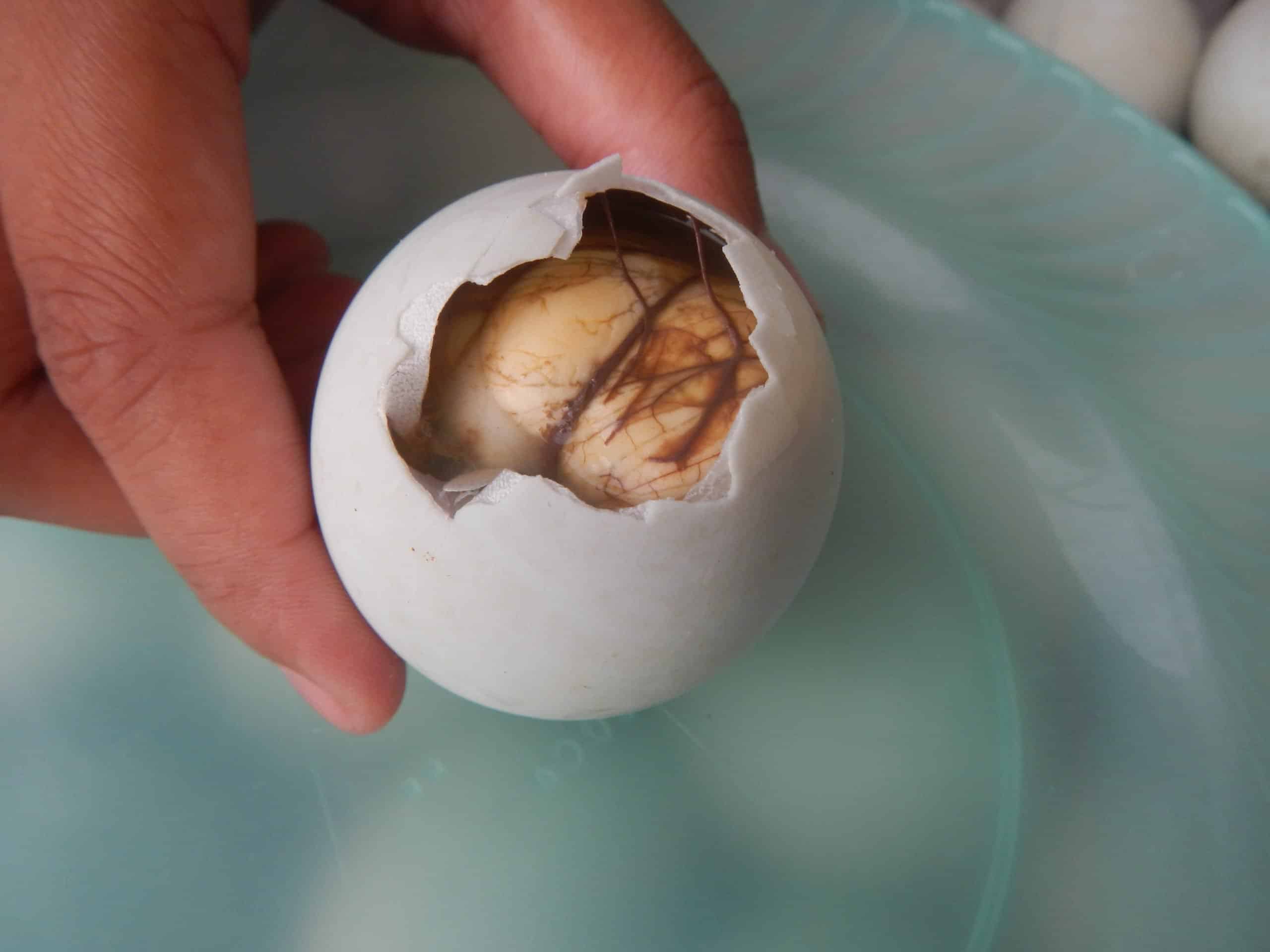
- Location: Philippines
Duck is eaten throughout different regions of the world, especially in China. But in the Philippines, they eat duck in a unique way. The duck is boiled, left preserved in developing embryo form, and nestled inside its shell when consumed. It’s not the type of food you consume seated at the table; rather, it’s a common street food you gobble up on the go, often paired with a beer. Depending on the development of the embryo, you might munch into feathers or beak pieces that you have to pick out of your teeth afterward. Yum?
Fugu

- Location: Japan
What’s the fun in bizarre foods if you’re not risking your life once in a while? Fugu requires careful preparation because without it, it’s potentially deadly. It’s a pufferfish that can only be prepared by trained chefs. When they work their magic, what you get is a delicious sashimi dish and the kind of experience that makes for perfect storytelling later (once you’ve survived).
Vegemite/Marmite
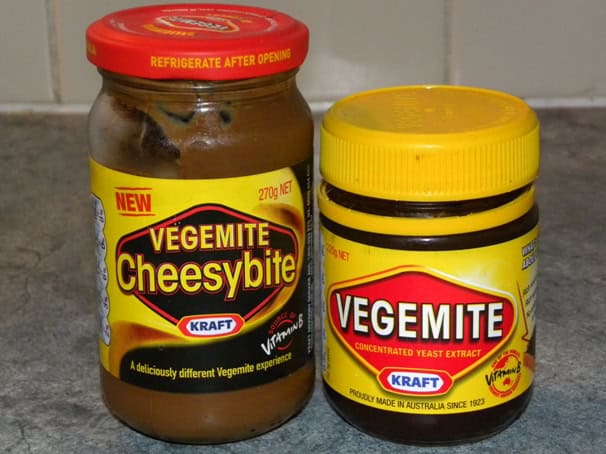
- Location: Australia, New Zealand, UK
The flavor or vegemite/marmite splits a room. Some people thoroughly enjoy its saltiness on toast while others would do like most breweries and get rid of it — by discarding it in the trash. It’s basically the leftover bits that linger in the bottom of brewed beer barrels. It’s made from yeast extract and normally isn’t used for anything. But somewhere along the way, someone decided to save this concentrated stuff, package it, and snack on it with cheese.
Wasp Crackers

- Location: Japan
They kind of look like chocolate chip cookies but when you pause and take in those dark bits embedded into the cracker, you realize they’re not chocolate chips at all. They’re full-on digger wasps (with wings, now crispy, and still attached). These flying insects are large and hairy and are first boiled and dried before they’re added to the rice cracker mix. Their flavor is reminiscent of raisins, only with an added charred flavor. Overall, the crackers have a sweet and savory flavor profile.
Casu Marzu

- Location: Italy
This is a Sardinian dish that’s brimming with life — literally. You have two choices when it comes to enjoying casu marzu (also known as maggot cheese). You can consume it with the maggots alive still wriggling about or once only their embedded, unmoving carcasses are left. The cheese is made from sheep’s milk and the maggots are said to add to the flavor experience. If these little worm-like critters are consumed alive, they’re usually killed by stomach acid. But if they survive, they pose a health hazard. They can embed themselves in your intestines, leaving lesions in their tracks.
Bird’s Nest Soup
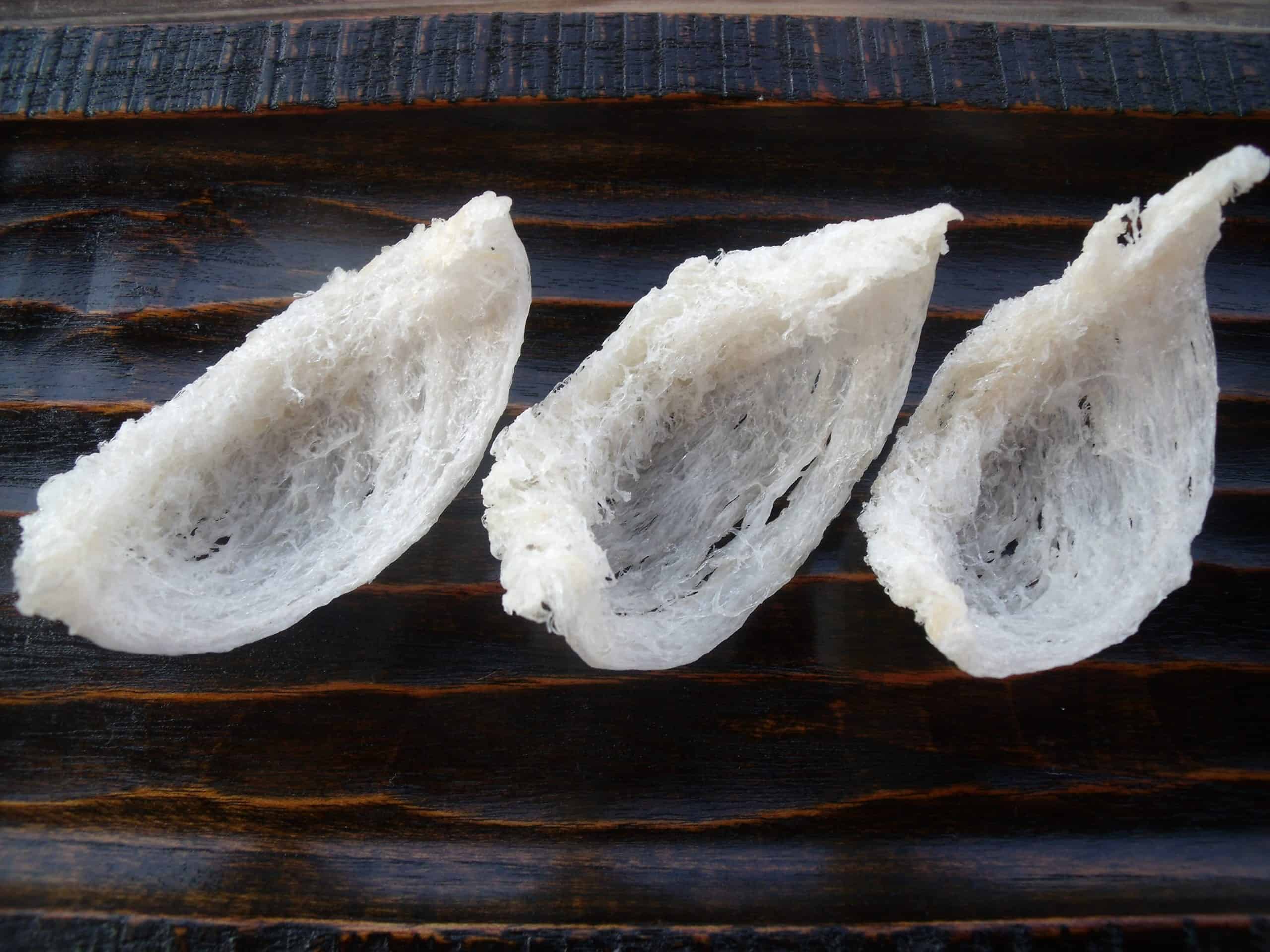
- Location: Southeast Asia
Bird’s nest soup is considered a delicacy. The swiflet bird in Asia is like an avian 3D printer. Instead of constructing its nest with twigs and other debris, this bird uses its saliva, which hardens when exposed to the air. The texture of this gelatinous saliva is described as rubbery and the method by which it’s harvested is even more surprising. To create this dish, people have to harvest it from cliff faces (and many of those who try don’t make it back home).
Southern Fried Rattlesnake
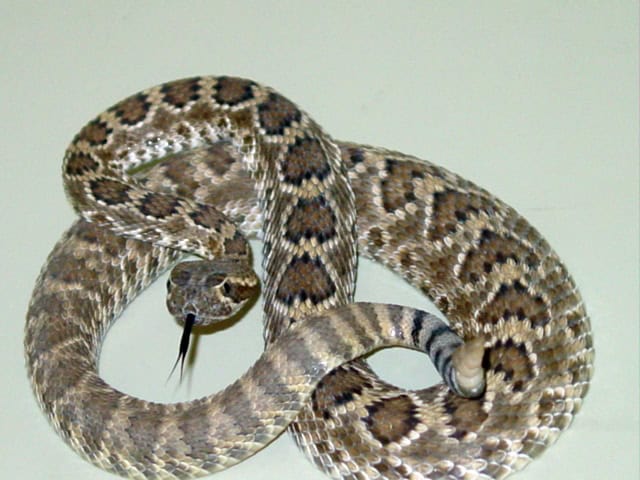
- Location: US
The south is known for several dishes, including biscuits, fried green tomatoes, and fried catfish. There’s plenty of fried food to enjoy, which adds a flavorful crunch to any meal. Fried rattlesnake is coated in egg, milk, and buttermilk before it’s transformed into a crispy dish. The flavor is similar to that of frog legs (which is like a milder version of chicken).
Chicken Feet
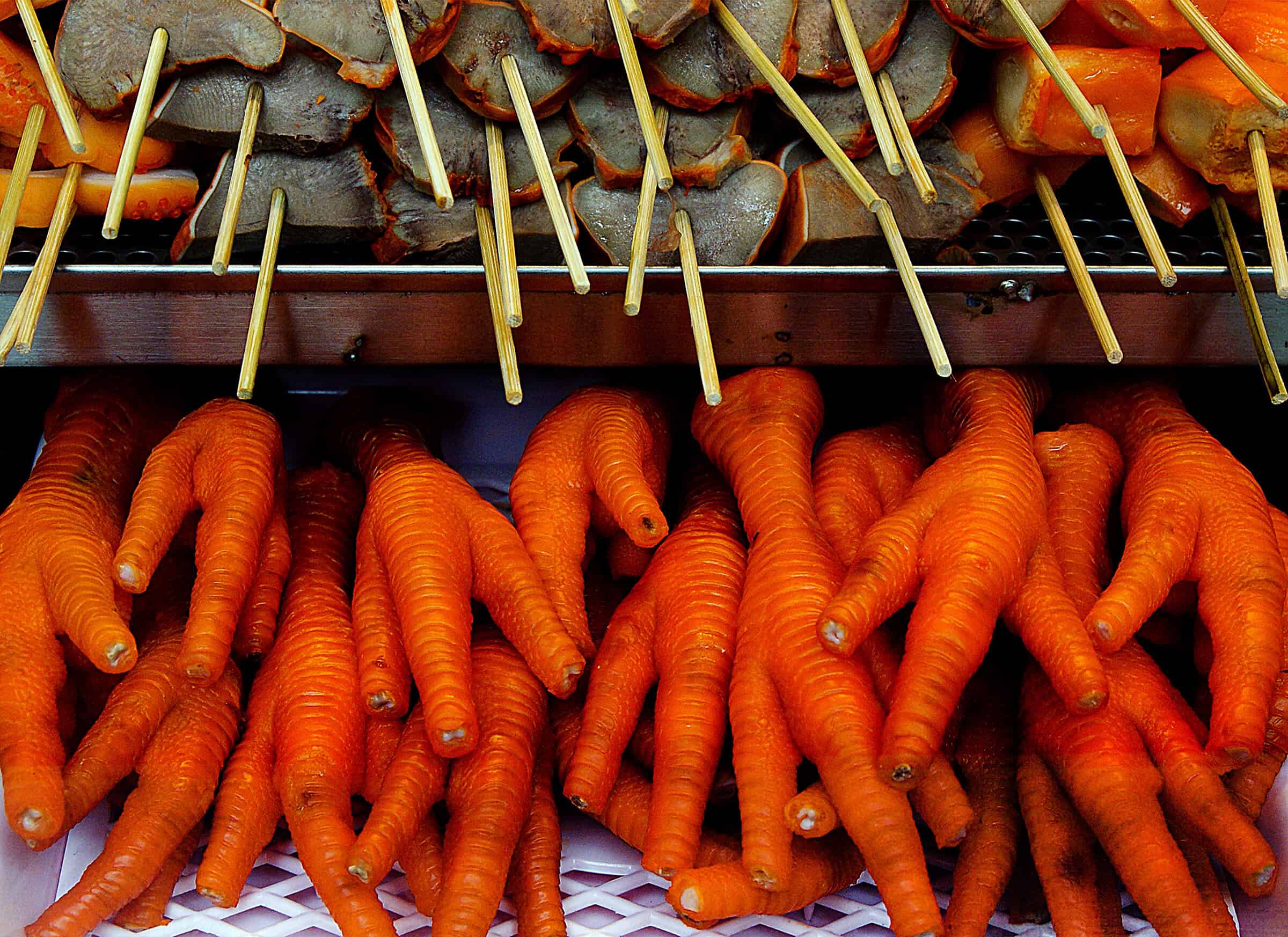
- Location: South America, Caribbean, South Africa, East Asia
This food item is surprisingly common despite its bizarre appearance. Chicken feet aren’t chopped up and turned into something unrecognizable. they’re typically served whole (bones and all). You don’t eat the bones, though (or the nails). When eating, you focus on each of the toes, biting off the skin between the joints. The type of seasonings used depend on the region where you’re eating them.
Sea Cucumber
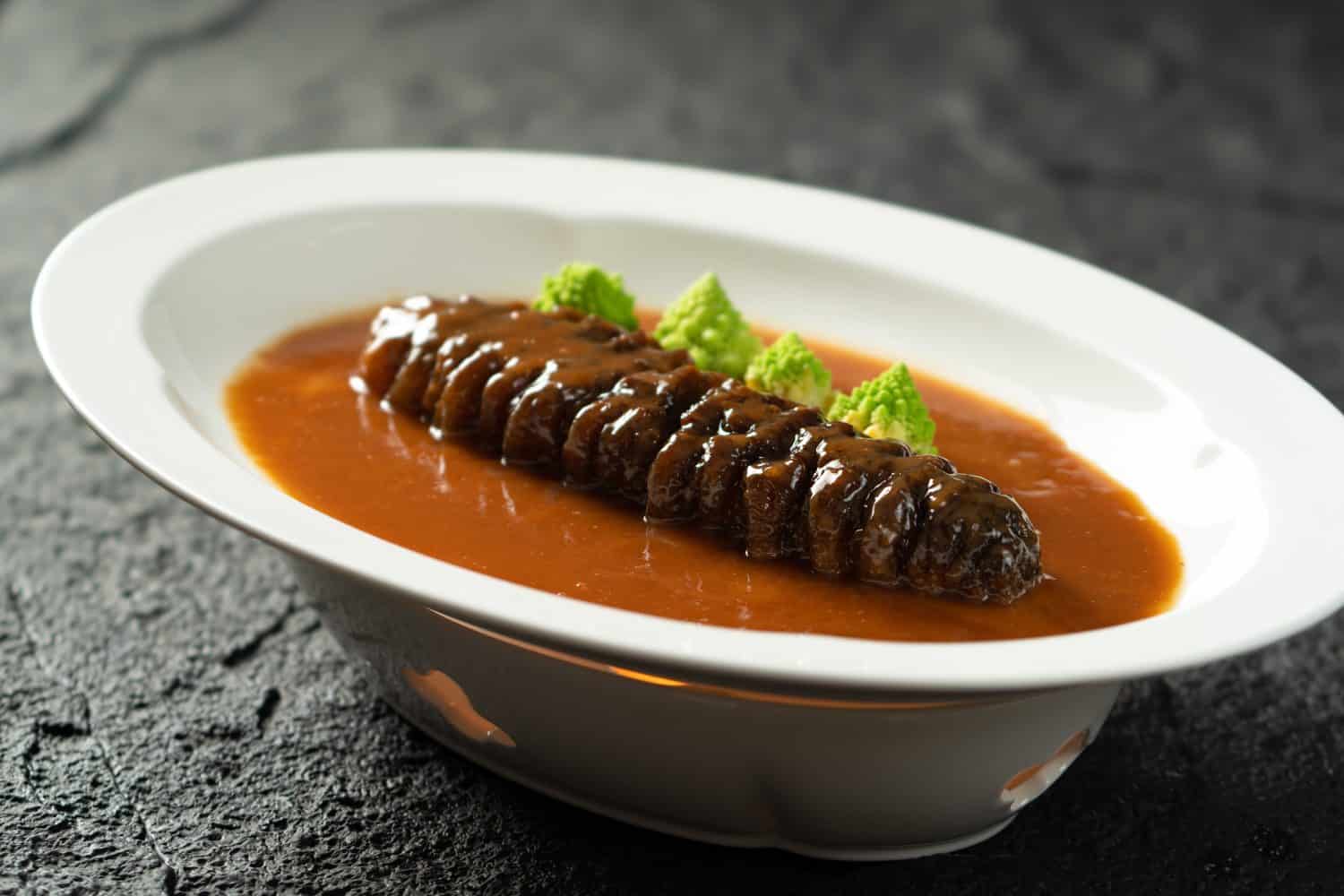
- Location: Alaska
Like a salad served up by the ocean, sea cucumber tastes a lot like crunchy vegetables spread over a lettuce base. It has to be cooked just right, however. Typically, this means a dash of soy sauce to season and a couple of minutes spent in a wok. The result is a buttery finish with a slight crunch. So long as you manage to split them open correctly, you can peel the “meat” of the sea cucumber to savor it.
Akutaq
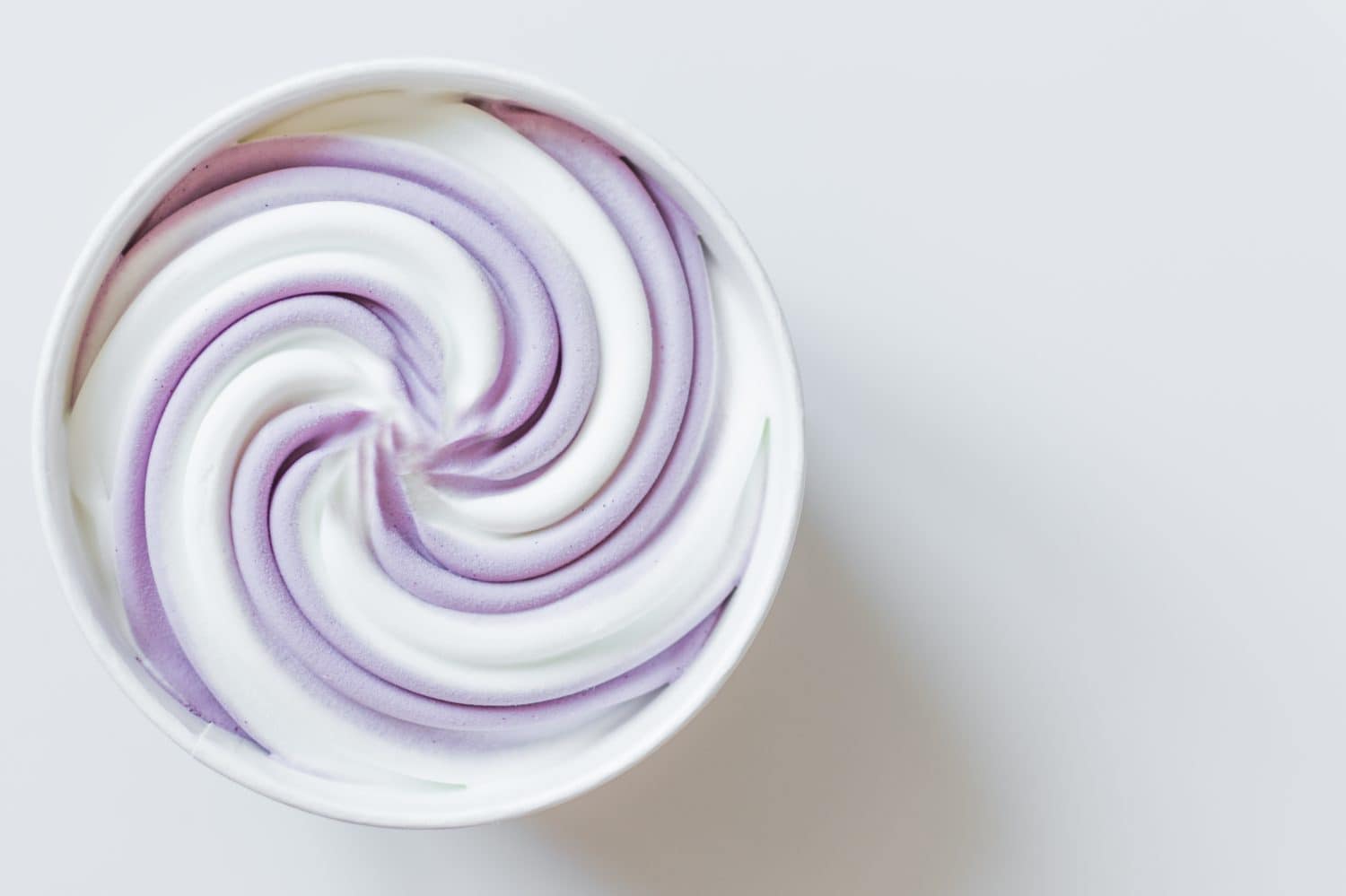
- Location: Alaska
It’s like berry ice cream except that it incorporates some extra ingredients, including whipped fat and fish. It’s a nourishing meal developed to provide sustenance while out on the hunt. It’s not creamy in the way you might expect ice cream to be though. Its flavor is more briny and gamey with notes of sweetness from the berries.
Shirako

- Location: Japan
Fish sperm snacks, anyone? You have options on how you’d like them prepared. You can enjoy them raw, steamed, or you can try them deep fried. The texture of shirako is creamy and greasy and has a mild fishy and salty flavor. Though there are different preparations, the traditional dish is served raw with a drizzle of ponzu. In some cases, additional ingredients are added and include chopped scallions, seaweed, and daikon (grated).
Giant Sea Squirt
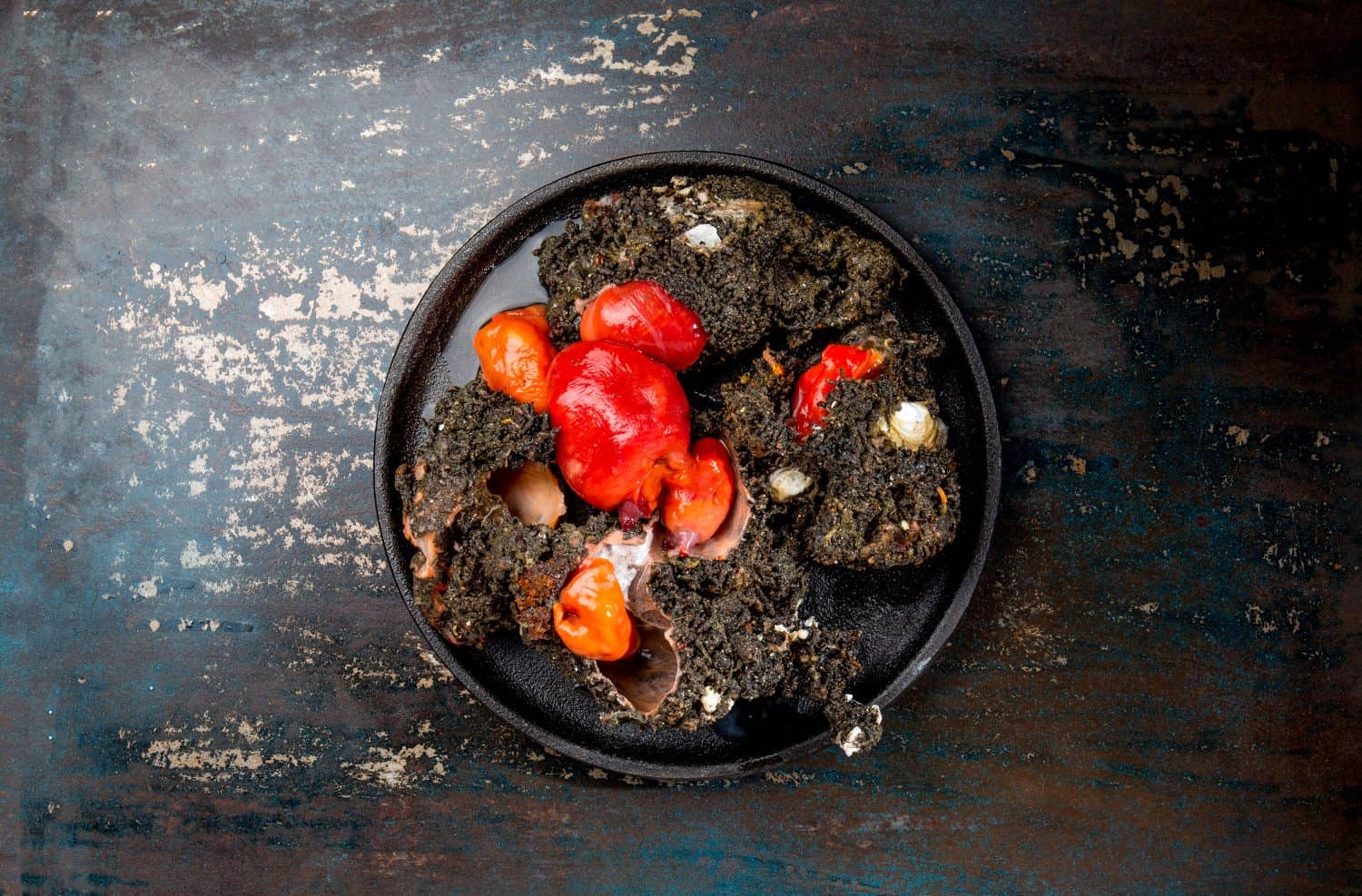
- Location: Chile
Pyura, also known as a giant sea squirt, is a large filter feeder that lives in coastal regions. It has a spongy rock-like appearance at first glance and inside, there are corpuscles. These are revealed after the pyura is cut open, typically with a serrated sword. Alone, the flavor is fishy with a sharp flavor of iodine that cuts through. However, with a little bit of lemon, the flavor changes. Locals are likely to liken the flavor to that of sea urchin, though it’s not quite as delicate.
Haggis

- Location: Scotland
Animal organs aren’t uncommon foods but what makes haggis so unique is the way it’s prepared. You take the finely chopped lungs, liver, and heart of a sheep and season it with spices and salt. You also incorporate oatmeal, onions, and suet (raw, hard fat) into the mixture. That’s a lot of flavor already. But it’s not done until you wrap it inside the sheep’s own intestines and boil it. You can discard the natural casing once it’s all cooked and enjoy the crumbly, peppery mixture inside.
Ying-Yang Fish
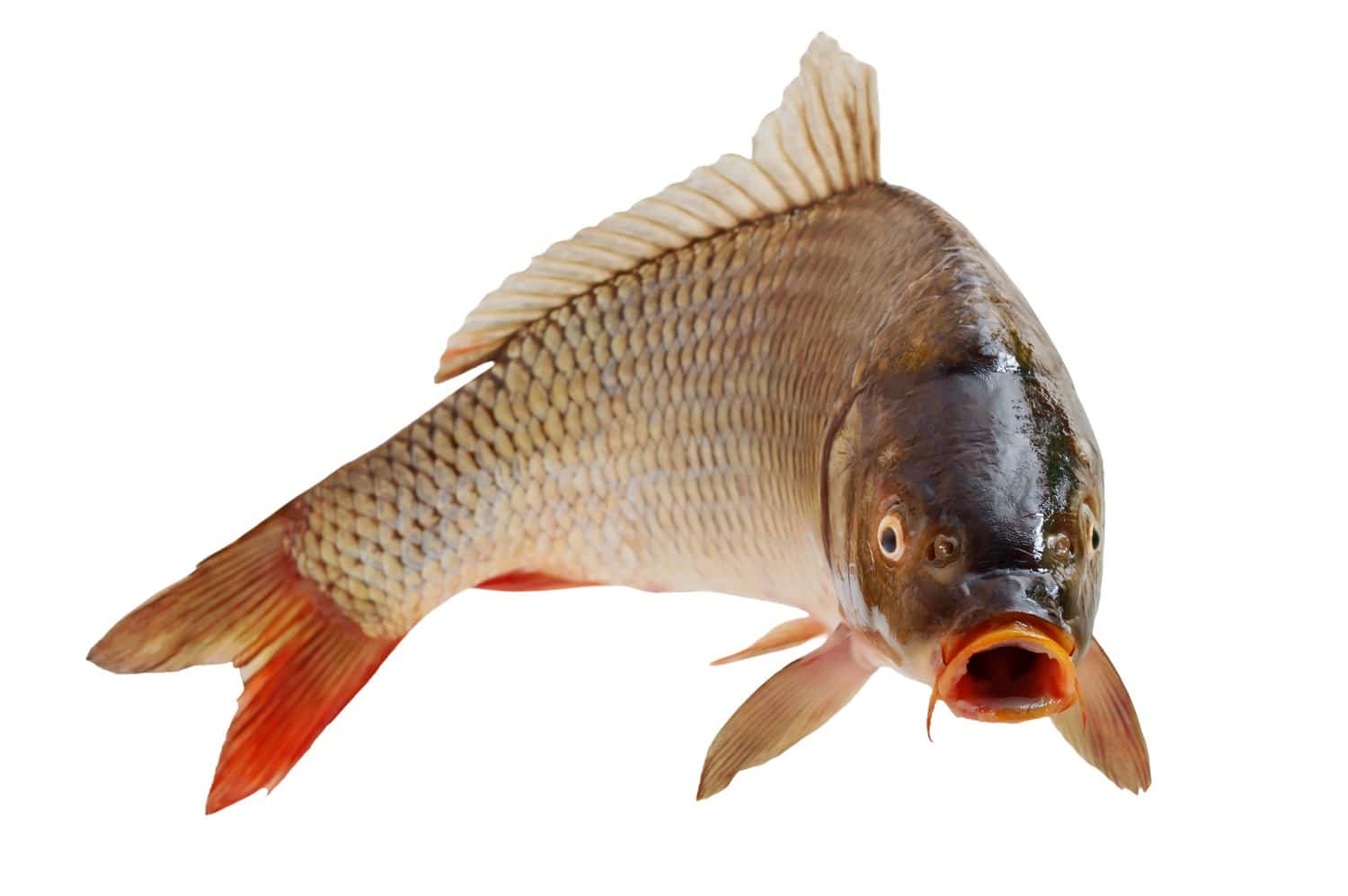
- Location: China
This dish is bizarre because the fish is kept alive, even after being deep fried. It’s a specialty that’s meant to show off just how fresh the fish is (a bit overkill if you ask us). Once served, the head continues twitching, the fish’s mouth and gills opening in final attempts at survival. Ying-yang fish is enjoyed along with sweet and sour sauce (though some can hardly stomach the thought of consuming it considering the cruelty).
Spam

- Location: US
It’s a kind of mystery meat that comes in a can. Spam incorporates several pork cuts, including the leg and shoulder. It also includes potato starch. Its texture is kind of spongy and it’s shaped like a squared patty with rounded edges. The flavor is mostly savory; it’s a bit salty with a touch of sweetness. Like the cover of the container suggests, spam is best consumed as the main component in a burger or sandwich. It’s already cooked right out of the can, which means you can enjoy it as-is. But it’s often fried in a pan to achieve a golden-brown exterior.
Frog Legs

- Location: Southeast Asia, France
This is another dish that is quite common. But it doesn’t stop it from being a bizarre food. Frog legs are served in various ways. You might have the limbs skewered, baked, grilled, or fried along with a dipping sauce. They have a chicken-like flavor and a chicken wing-like texture. In French cuisine, they are considered a delicacy.
Khash
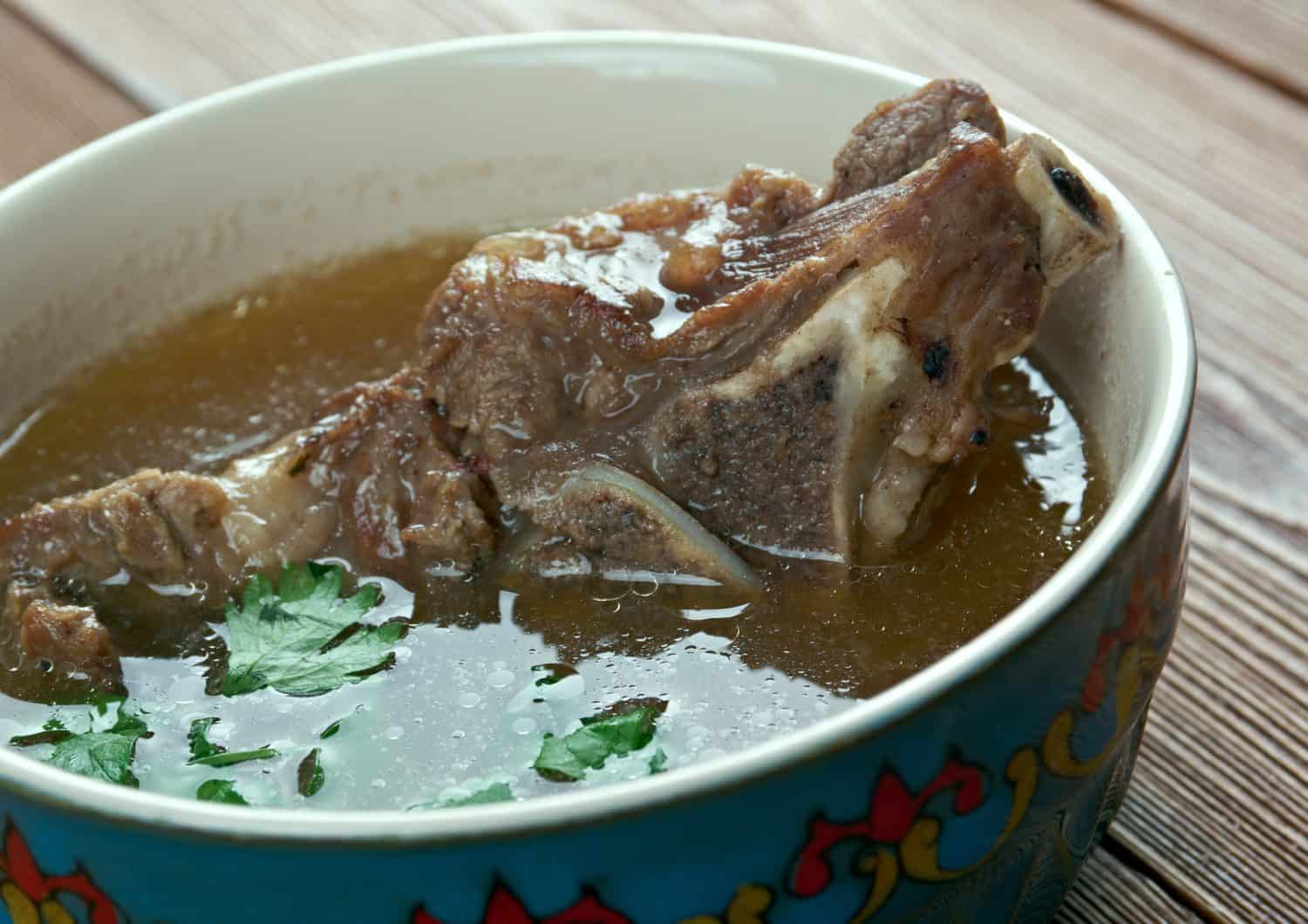
- Location: East Europe, Middle East, Turkey
Some of the foods in this list don’t appear bizarre. The way they’re served, you might mistake them for a dish you already know and love. There are other foods, like khash, that are unmistakable. The appearance of this dish leaves no room for confusion. It incorporates the head and feet of cows in a stew. It’s seasoned with garlic and onions and served with lavash. It was initially created to serve as a warm, comfort dish during the brutal winter months.
Steak Tartare
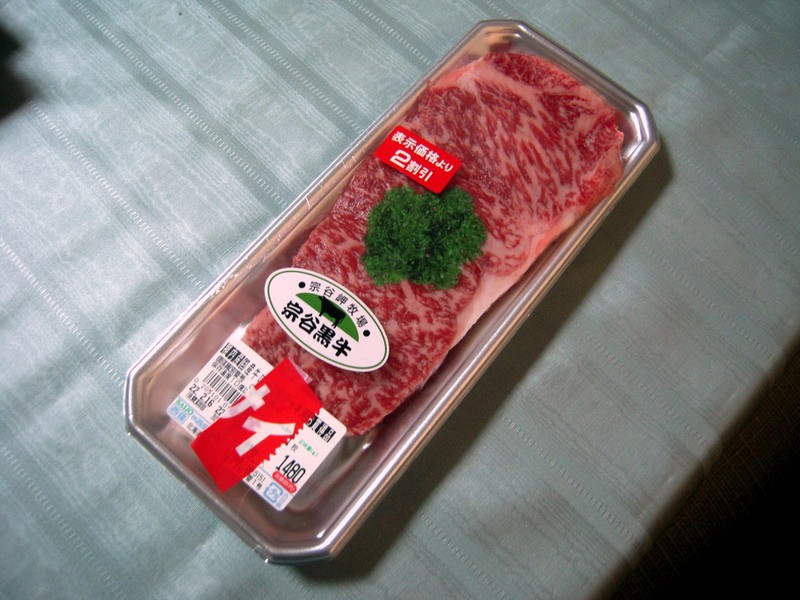
- Location: France
You’re told to avoid eating raw meat because it can be dangerous, causing food poisoning. But steak tartare is an apparent exception. In France, this dish is served with fries or rye bread on the side. The beef is ground and raw, served along with capers and onions. You also get a raw egg and several condiment options, including Worcestershire sauce. It has to be high-quality steak and the sanitation practices have to be impeccable — but when done right, the dish is delectable.
Hákarl

In the last couple minutes of the last dive of the field season we found the largest fish we have ever encountered with the ROV, a Greenland Shark.
- Location: Iceland
If an animal is poisonous when consumed fresh, you do the next logical thing: wait until it starts to rot and is no longer poisonous. Hákarl is Greenland shark and Icelanders place it into the ground where it spoils and ferments. Then, they let it out to dry a little longer before enjoying it. The smell is pungent and unpleasant, turning weak stomachs. But the flavor is described as subtly fishy with some nuttiness and sweetness.
Rocky Mountain Oysters
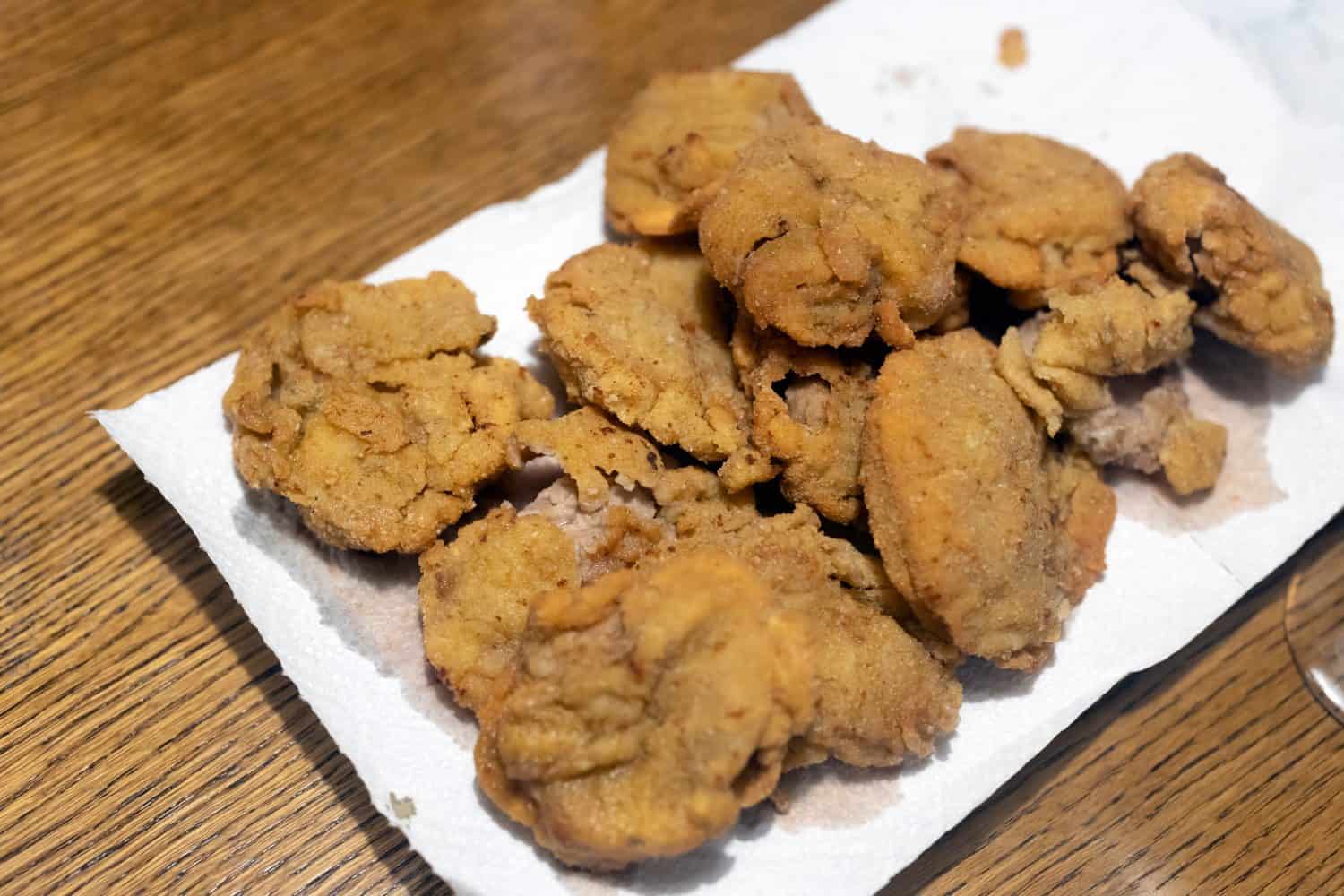
- Location: US
Why genitals ever make it into cuisine is beyond understanding. The name is deceiving because you’re not consuming oysters if you opt for this dish. You’re going to be snacking on bull testicles if you order Rocky Mountain oysters off the menu. Some people agree that frying anything makes it better and that may just be the case here. They are fried in a batter of flour along with salt and pepper. You can typically eat these with French fries and your favorite dipping sauces.
Raw Blood Pudding

- Location: Vietnam
This dish is exactly what it sounds like. It’s a traditional Vietnamese dish called tiet canh. There are several variations but the most popular version calls for duck meat and duck blood. The animal should be freshly killed. The dish may also be made with pork or chicken. Fish sauce prevents the blood from coagulating prematurely and later, the cooked, chopped meat is added along with peanuts and herbs.
Cherry Blossom Meat

- Location: Japan
Basashi is Japanese food that’s bizarre because of the type of animal it’s from and the way it’s served. It’s raw horse meat. Sometimes, it’s served as a stand-alone dish. Otherwise, it’s served as an accompaniment to a larger sushi dish. Once served, you can appreciate the bright red color of the meat, which some believe is the reason for using “cherry blossom” in its name. However, the name may have been chosen because the horses are slaughtered around the same time cherry blossoms emerge in Japan (during the earlier part of spring).
Stink Bugs
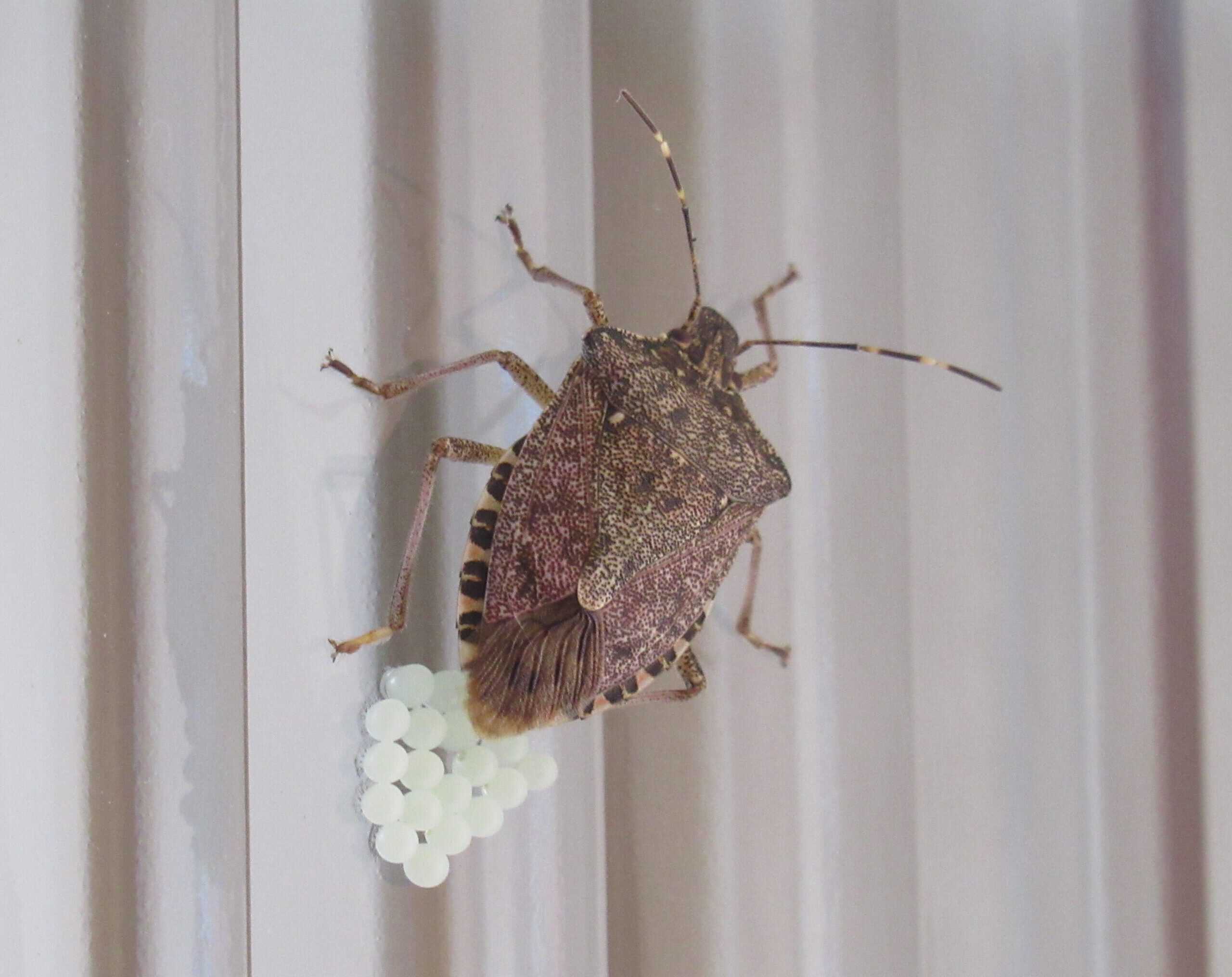
- Location: Africa
It’s no secret that insects are consumed throughout the world, adding protein to traditional diets. In Africa, stink bugs aren’t enjoyed solely as crunchy snacks on their own. They’re also used to season other meals, including stews. Though their defense mechanism makes them stinky, these bugs ultimately have a flavor that reminds you an awful lot of crunchy apples.
Century Egg

- Location: China
Eggs? Not so bizarre. You have these for breakfast nearly every day. But the century egg is a bit different. It’s been hanging out in a mixture of ash, quicklime, and clay for at least a couple of months. When you take it out, you see that the egg whites are now a dark brown color and have a gelatinous texture. The once-yellow yolk is typically dark green or black and sludgy. The smell is intense, incorporating wafts of ammonia and sulfur. But interestingly, it tastes a lot like your typical boiled egg.
